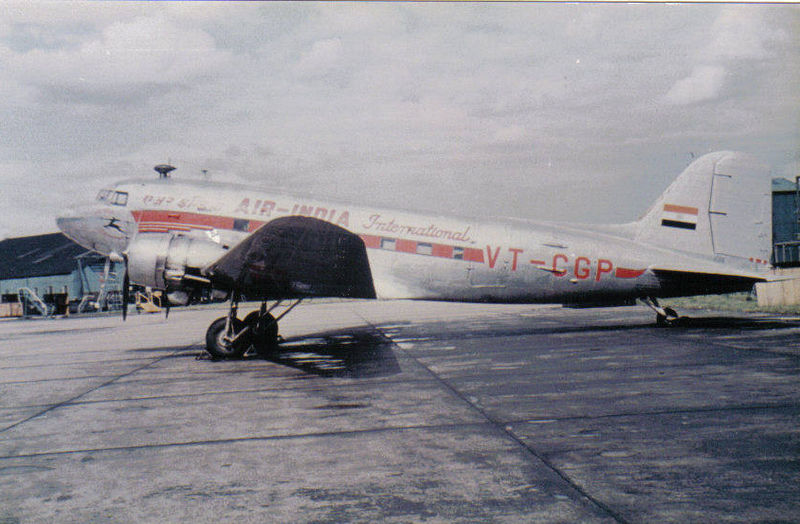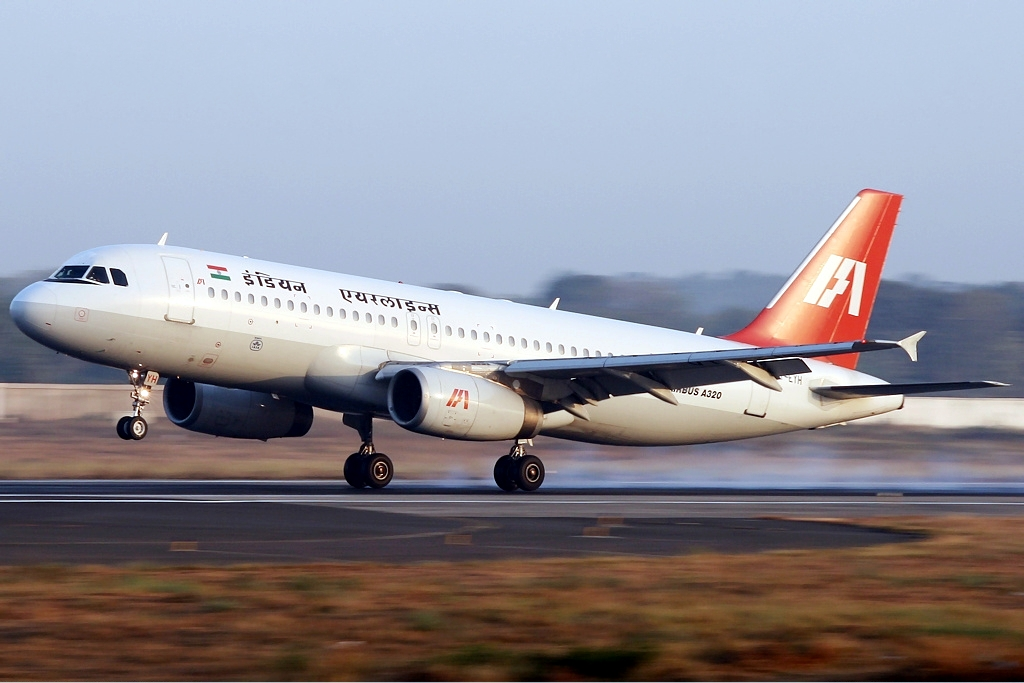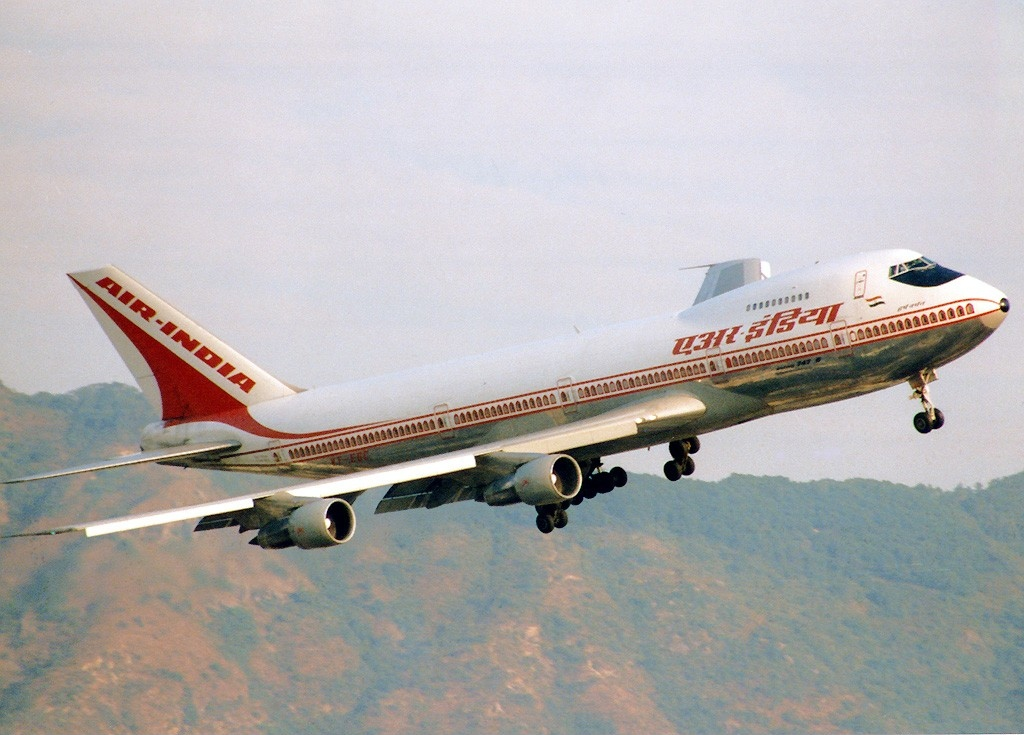Air India: One of our Finest Success Stories, Wilfully Destroyed
Privatise its routes and burden it with excessive aircraft, creating unpayable debt
After independence they were reluctant to nationalise the various private airlines that were running very inefficiently. In 1950 an Air Transport Inquiry Committee headed by Justice G.S. Rajyadhaksha went into a detailed examination of the working of private scheduled and non-scheduled air operators, documenting their problems and performance. Among the areas of concern were:
- Permit conditions being frequently evaded
- Illegal over / under invoicing of equipment and spares
- High cost of operations. Spare capacity and unnecessarily large fleet
- Uneconomic competition between scheduled airlines and non-scheduled operators
- Intense competition for a limited supply of technical personnel
- Multiple and large inventories of equipment, spares and workshop excess capacity.
The rationale for nationalisation was not simply to overcome the stated weaknesses of the privately run system, but to realise some national priorities.
State organisation without the profit motive predominant, as in the case of private enterprises, would operate and undertake developmental schemes which may not be remunerative but are justified in public interest.
A unified organisation would bring about economies of scale. It could plan and organise the future of the industry in a comprehensive way, using the available resources to maximum advantage.
It would take advantage of technical developments (which are rapid in civil aviation) in transport, equipment and operation techniques.
It would maximise the benefits of optimal use of equipment, workshop, capacity and technical personnel.
Such an overall long term planning and re-equipment programme would involve considerable capital outlay, and only a single state organisation could do so given India’s low air traffic intensity.
It was argued there was a need to eliminate financial support to private airlines, it being better for the Government to run the airlines rather than continuously provide financial and other material support to private businesses.
Advantages were also cited from the point of view of defence. If internal services were operated by the state, they could use equipment, workshop and training by the Indian Air Force, and would be available in an emergency.

Decades later, did the performance of the government run airlines justify nationalisation?
Creation of Assets
Although Air India and Indian Airlines were entirely funded from internal resources,
a) After numerous fleet upgrades through the Dakotas and Caravelles, today Air India Limited operates a fleet of modern Airbus and Boeing aircraft serving 102 domestic and 60 international destinations.
b) Upgrades of aircraft maintenance facilities, communication facilities, ground support facilities, training facilities all of which are state of the art equipment.
c) State of the art online computerisation of all commercial operations.
Air India and Indian Airlines created assets which do not necessarily give profits on a short-term basis, but are part of the long-term development of an airline comparable in its potential to the best in the world. Examples of these are the capital-intensive engine overhaul workshops and six-axis training simulators to ensure proper training and high standards of safety. All of these were established from internal funds, with no budgetary support or cost to the public.
Air India and Indian Airlines were the only airlines in India with all the departments needed to qualify as an airline - catering to their crew and transit passengers besides other patrons, and setting up Centaur hotels. These were wilfully destroyed during the first BJP government under Mr Vajpayee.
Linking up the Nation
In fulfilment of the expectation of nationalisation, to link up the nation, Indian Airlines has been operating three types of routes: those that make profits, those that make losses but do not constitute cash losses, and routes that make cash losses.
The reasons for operating cash loss routes were:
- Operations to popular tourist destinations such as Agra, Khajuraho, Varanasi, Bhubaneshwar, Jaipur, Jodhpur, Udaipur, Aurangabad. All these routes are short-sector operations and uneconomical
- Operations to remote and difficult areas such as the northeastern region, Leh, Port Blair, Bhuj etc.
- Operations to destinations which are in public interest, including state capitals and politically important cities like Gwalior, Lucknow, Raipur
- Concessions to students, armed forces personnel, blind persons, cancer patients etc.
- Haj pilgrimage at concessional rates.
The private sector moved in once these destinations were opened up - complemented by the Indian Tourism Development Corporation opening the destination.

Initial reform was based on a violation of the law. That was with the introduction of air taxis, in complete violation of the Air Corporation Act - air taxies have concentrated only on the most profitable routes such as the four metropolitan cities, Hyderabad, Bangalore, Cochin, Trivandrum.
These air taxis - Modiluft, East West Airlines, Air Deccan (later rebranded by Mr Mallya as Kingfisher Red) - failed simultaneously once they were obliged to obey the law. This was followed by the repeal of the Air Corporation Act and airlines replaced illegal air taxies.
In that regard the Secretary, Civil Aviation, in his submission to the Standing Committee in June, 1993 admitted that permission could not be given for scheduled air transport services as that would be contrary to law. He also admitted that air taxis were operating a schedule and everyone knew about it (Report: 1993 Pr. 2.1-2.2).
He quickly added, “How does one know about it in the Ministry unless the facts are brought-out that somebody is violating the law?”
Domestic routes were opened to several Indian based and foreign airlines. In the international arena India opened its skies, liberally giving away its traffic rights (from, to, within or over the territory of a country). Slowly but steadily India enabled foreign airlines to gain traffic rights without any reciprocal advantages, rather positive disadvantages, to Air India.
The slaughter
If there is one person who can claim absolute credit for ensuring the downfall of government owned airlines it is Mr Praful Patel, who took over as Minister of State for Civil Aviation in 2004.
Load it with debt
An airline with revenues of Rs 7,000 crore was asked to take on a debt of Rs 50,000 crore in order to purchase a suddenly inflated order for new aircraft from 28 to 68 without a revenue plan or even a route map.
Merge without a plan
Before the Air India / Indian Airlines merger, the latter’s name was changed to “Indian” to enable Jet Airways to advertise itself as the best Indian airline. If that is not theft of brand equity what is? Then came the merger as the panacea for all ills. This was done without a plan and without resolving the human resource problems that were to inevitably arise from varying cultures and employee costs. The combined losses for Air India and Indian Airlines in 2006–07 were ?7.7 billion ($110 million) and after the merger, it went up to ?72 billion ($1 billion) by March 2009.
Hand over lucrative routes on a platter
The airline business is extremely capital intensive and both the equipment and fuel require precious foreign exchange. In any transport business the capital costs are overwhelming compared to the variable costs. Therefore, monopoly of a route is very critical and it is the routes that are privatised or nationalised, not the vehicles or the transport company.
Flying rights were ceded on lucrative sectors in the Gulf to foreign airlines, including Etihad Airways, Qatar Airways, Air Asia, Singapore Airlines and several others. For no logical reason Air India withdrew from Kozhikode, Doha and Bahrain - a route in which the airline was making money hand over fist.
Very soon, Jet and Etihad stepped in to fill the gaps, and so did Emirates. The Comptroller and Auditor General reported in 2011 that the civil aviation ministry’s decision to massively expand bilateral entitlements hampered Air India.
Private use of public property
Officials and politicians getting regular upgrades for themselves and their family members from economy to business class was very common. For instance, a report published in Mail Today in April 2010 said that Air India deployed a larger aircraft than the one scheduled just to ensure that Mr Patel’s daughter Avni, her husband Prashant Deshpande and her in-laws could fly business class to Male, the capital of Maldives.
Final nail in the coffin
In 2013, when civil aviation minister Ajit Singh proposed privatisation as the key to Air India’s survival, the main opposition came from BJP. By 2018 the same BJP was desperate to sell off Air India.
In March 2018 the government issued an expression of interest to sell a 76% stake in Air India, along with the low-cost airline Air India Express, and a 50% stake in AISATS, a ground handling joint venture with Singapore Airport Terminal Services. The new owner would have to take on a debt of ?33,392 crore ($4.7 billion).
Having failed to sell the airline, the government in January 2020 released a revised expression of interest to invite bidders. This time it decided to sell 100% shares of both Air India and its budget carrier Air India Express as well as 50% shares of AISATS, and to attract more bidders it has already decreased nearly ?30,000 crore ($4.2 billion) of debts and liabilities.
Air India’s total debt surged significantly over the past two years due to the Covid-19 pandemic and stands at over Rs 40,000 crore as of now. However, the government plans to hand over the airline with a debt of Rs 23,000 crore to the Tatas. The Tata Group, the front runner, may be willing to acquire around 15% of the airline’s total debt.
The Tata Group’s own airlines, Vistara and Air Asia, have declared losses of Rs 1,814 crore and Rs 332 crore in fiscal 2020. It is understood that the bid was submitted by Tata Sons, which has an 83.67% stake in Air Asia India and holds 51% in Vistara, a joint venture with Singapore Airlines.
Since neoliberalisation two airlines, Jet Airways and King Fisher, have turned turtle and a third Spice Jet managed to survive. Why then would Tata want to take over in the midst of a pandemic?
The answer lies in the fact that besides the airlines’ enterprise value (which includes the equity value of a company along with short-term and long-term debt as well as any cash on the balance sheet) as a dowry it gets control of 4,400 domestic and 1,800 international landing and parking slots at domestic airports, as well as 900 slots at airports overseas and over 2,000 fully trained and licensed pilots.
Will the takeover by Tata be successful? The jury is still out.
K Ashok Rao is Chief Patron NCOA, the National Confederation of Officers Associations of Central Public Sector Undertakings





